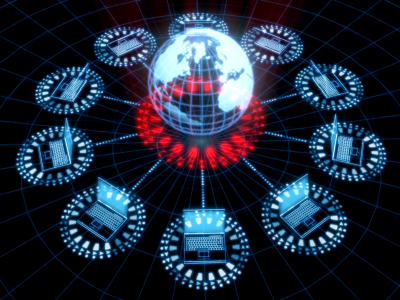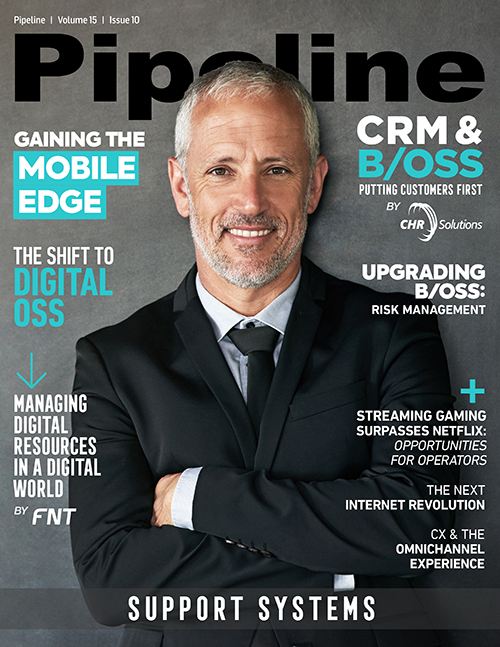How Operators Can Gain an Edge with Mobile Edge Computing
By: Shamik Mishra

The Internet of Things (IoT) opened the door for organizations to collect, analyze and leverage data from a seemingly unlimited array of connected assets, enabling the creation of new products and services. Adding edge computing—coming soon with 5G—to the equation considerably expands those opportunities.
Instead of sending raw data generated from IoT devices to the cloud for analysis and storage, edge computing moves those processes closer to the network edge, where the data originates. This decentralized approach minimizes latency and sharply reduces bandwidth demands, ultimately reducing costs and streamlining operations.
Edge computing is particularly valuable for tasks that don’t tolerate delays of any kind. Consider, for example, the importance of network latency for healthcare, where a London-based surgeon could remotely operate on patient in a Paris-based hospital using a robotic scalpel. The import is equally evident for connected cars, where a slight network delay could disable a vehicle from braking in an emergency situation.
While edge computing is still in its infancy, the edge computing market is predicted to reach $6.72 billion by 2022. Edge computing broadly falls into four categories:
- Enterprise edge includes data processing, storage and communication, and it takes place onsite in enterprise environments.
- Mobile edge computing encompasses all network assets, from base stations to customer premise equipment (CPE).
- IoT edge computing takes place in onsite gateways; for instance, in an automated factory environment in which analytics on IoT sensor feedback impacts the manufacturing process.
- Device edge computing moves data processing and computing to the IoT assets, including industrial sensors, surveillance cameras and other IoT-enabled devices.
While adapting this computing paradigm isn’t a simple process, the innovations it fosters within open source ecosystems should make adaptation increasingly manageable. What’s more, the benefits, including significant monetization opportunities, make incorporating edge computing well worth the expense and effort.
Monetization opportunities
Edge computing generates enormous volumes of analyzed, actionable data right at the source, creating monetization opportunities for savvy developers that can quickly and flexibly integrate open source development techniques. For instance, IoT edge applications in the financial sector can be applied to the streams of data and analysis generated from ATMs and kiosks to facilitate the development of apps that better align with customer needs.
Likewise, healthcare providers can benefit from the IoT edge to expand their reach to populations in underserved areas using devices that collect and analyze real-time data. For instance, medical kiosks could analyze multiple metrics in real time, giving patients immediate feedback about their medical conditions while also simultaneously routing that information securely to the appropriate physician.
For the automotive industry, the IoT edge will play a vital role in making widespread consumer use of autonomous vehicles possible. Sensors on self-driving cars will perform real-time data processing using the IoT edge, ensuring driving decisions are based on seamless, latency-free information from a myriad of devices within and around vehicles.
Furthermore, IoT edge computing can be incorporated into the manufacturing sector, driving effective maintenance and lean operations for equipment—and ultimately improving product design and reliability.



















